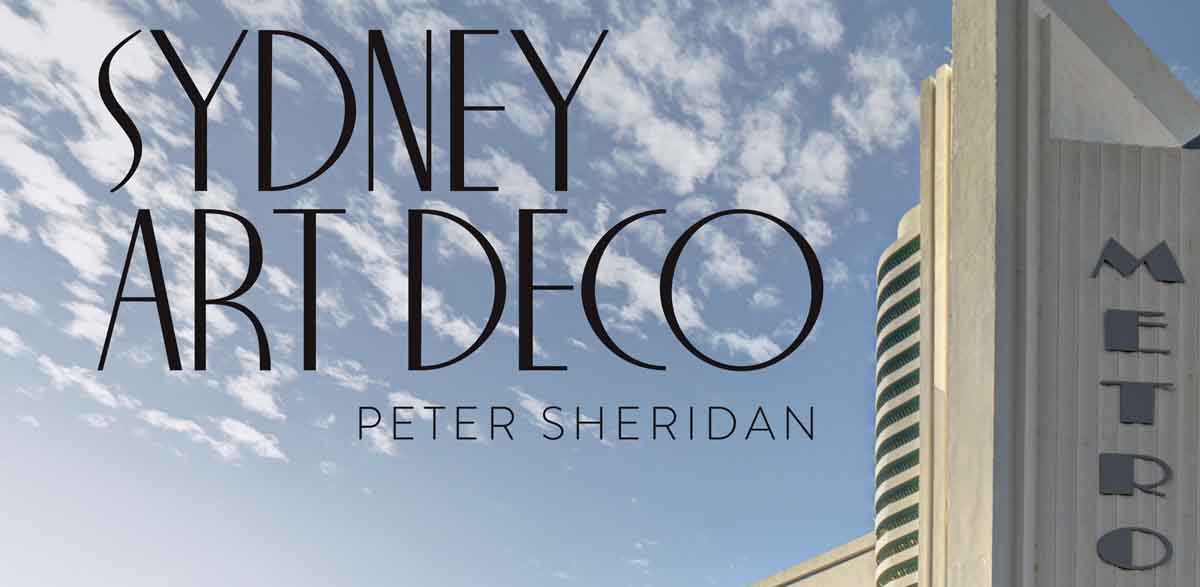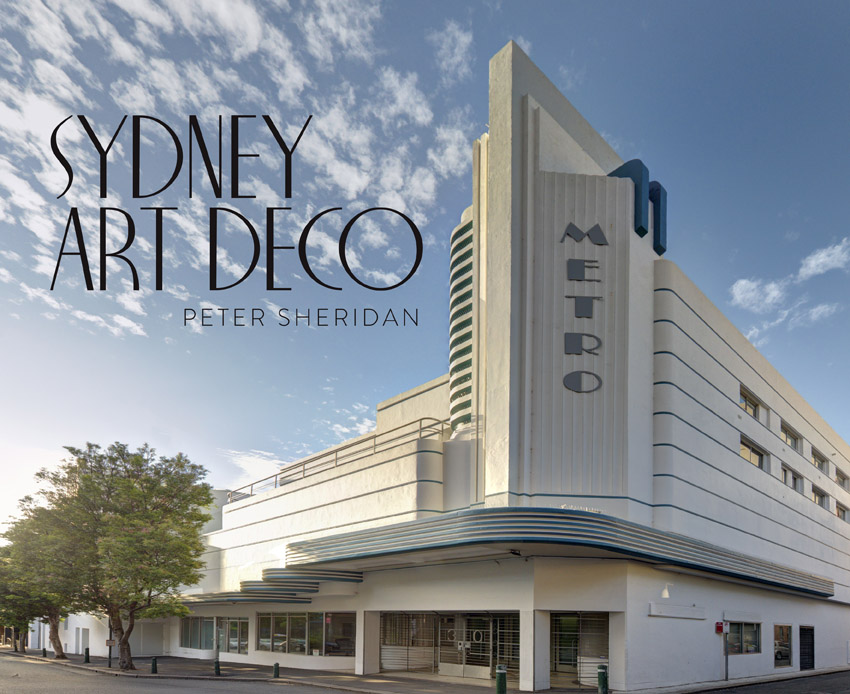
Peter Sheridan has compiled for the first time, a photographic and historic reflection on the Art Deco influence and architecture embedded in historic Australian pubs.
Extract from Sydney Art Deco by Peter Sheridan.
It is extraordinary how many pubs there are in Sydney, and so many with Art Deco styling.
Between 1898 and 1940, Tooth & Co and their rival, Tooheys, acquired the freeholds of hundreds of pubs, largely taking control of the liquor trade in Sydney. Tooth and Co was the major brewer of beer in New South Wales, maintaining the large Kent Brewery on Broadway in Sydney from 1835 until 1985.
With over 800 pubs in metropolitan Sydney, Tooth & Co invested heavily in modernisation and refurbishment throughout the 1930s and 1940s, developing pubs in a streamlined Art Deco style with a ‘pleasing and semi-modern appearance’. Some were simply revamps of existing Victorian hotels (removing verandas and creating Deco motifs on the façades), but the majority were newly built.
The ‘classic’ Sydney urban pub of the 1930s and 1940s was usually two- or three-storeys, some 90 per cent built of brick, making extensive use of prefabricated plaster sheeting and cornices, ceramic tiles and terrazzo. The ideal site appeared to be a corner block, with a higher density of pubs in working class suburbs. Some were within a block of each other and even on the opposite corner of the same intersection.
Drinking was associated with community, entertainment, sport (particularly football and horse racing) and even health. For the period between 1800 and 1950, alcohol production and consumption in Australia was dominated by beer and spirits, with Australian pubs becoming synonymous with ice-cold pilsener beer.
The pub in the 1930s and 1940s was a male enclave. Due to the temperance movement in the early 1900s it had become socially unacceptable for respectable women to frequent hotels. Even in the 1950s only one in four women drank alcohol and in the pubs they were excluded from the public bars and limited to the ‘ladies lounges’. These were furnished with chairs and tables, where women and men could drink together, but in many pubs women were usually only admitted to the Lounge Bar when accompanied by a male. It was also common for women not to be allowed to buy drinks for themselves. The temperance movement initiated a broad moral crusade targeting late-night drinking and in 1916 forced the introduction of six o’clock closing. The ‘Six o’clock swill’ was not scrapped till 1955 with opening hours then extending to 10pm.
Accommodation was another vital facet of Australian pub operation with bedrooms usually on the upper floors. In fact, the business registration was as a ‘hotel’, with accommodation a necessary licensing requirement. City and suburban pubs provided a place to stay for country people visiting the cities for major events, such as the annual Sydney Royal Easter Show, and on holidays. For single people, pubs also offered an alternative to boarding houses or rental housing, with many pubs renting rooms to long-term tenants who lived and ate at the pub, sometimes over periods of several decades.
Sidney Warden was the most prolific of the numerous architects who designed hotels for Tooth & Co, with seven featured in Sydney Art Deco. Tooth & Co provided comprehensive guidelines for their hotels, particularly for the bar and accommodation areas. However, they clearly allowed some licence for exterior interpretation, accounting for the variety evident in Sydney’s Art Deco pubs, yet with major similarities of building envelope and materials indicating a consistent overarching design template.
One especially notable decorative feature of Australian pubs developed in the 1920s and 1930s is the iconic paint-on-glass beer advertisement. They typically depicted archetypal ‘Aussie’ sporting scenes – swimming, surfing, sailing, horse racing, cricket or football – or social events such as picnics, dances and parties. The main artists in this genre were Henry Rousel, Tom Woodman and Walter Jardine.
< Sydney Art Deco by Peter Sheridan, RRP $99 >



